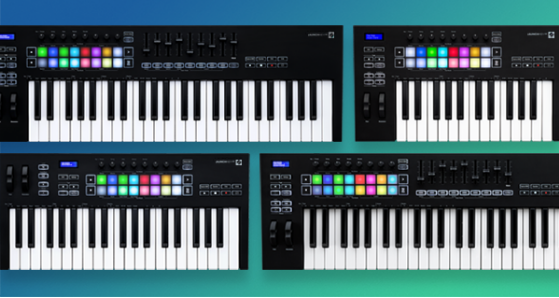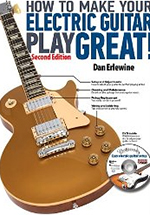Music is about tension and release. Everything can be thought of in this way, from the chords chosen, the intensity with which you play and perform and the sounds that you combine together. These build together into a shape throughout a piece of music. Although it seems obvious, this flow and direction of music is something that is rarely accessed well in creating fluent and balanced music.
So why is this important? Of course it’s possible to make reasonably balanced music without thinking about these things, but if you’re aware of the shape of your music, it often results in a more creative approach to fine tuning a record. It makes sense to push the elements of your music to reflect where you want the shape, and therefore the tension and emotions to move to.
Part of this also reflects the experience for people listening. It can create a more balanced and fluid listening experience if the record moulds and flows across all its sections and complexities, rather than just changing around in blocks.
If it’s a song, is there a particularly uplifting chorus, a piece of orchestral music with a violent chord or a synth piece with a cool and relaxing mood. What can you change musically to accentuate that feeling? What do you want to happen from the beginning to the end?
We’ll look at an example now: in an emotional singer songwriter song on guitar moving between the verse and into the chorus. In terms of shape, the verse might be more raw, whilst the chorus is uplifting or more emotional. Instead of having blocks for this, we can draw a shape like this:
You’ll notice that it’s a gradual curve. We can start thinking about all the musical elements that we can change at different points to increase that element of tension and release into the chorus.
Let’s talk simply first: intensity. In the verse the singing could be quieter, then in the chorus it would be louder, with more emotion in the voice. The singer could sing with that emotional and dynamic intensity growing into the chorus, and even add a pick up line in the bar before into the chorus. Is this matched in the guitar playing? It would need to be a gradual increase, maybe match the intensity of the voice by changing strumming patterns and getting more intense into the chorus.
In terms of pitch, does the vocal line stay in the same place or does it get higher? A higher line could create more tension. Or even more, sing higher in the pick up line and then go back low into the chorus to create more tension and release – it really depends where you match the curve of tension/release.
Regarding lyrics, should they resolve before they reach the chorus, or does the chorus hold the answer to the questions and story being created through the verse? Could they double lyrics in certain places to make you think about them more if they are particularly poignant?
How is the texture sounding in the verse? Is it quite sparse and hollow? If so, does it build up into the chorus and sound fuller to give more connection and depth to the sound? How can they fill the texture, could they add more instruments or sing in a different range?
This is all before we consider the actual music: what chords are being played? Is it a simple I – IV – V – I? Can we spice this up a bit to add more tension? An easy way of adding more tension into music is adding a 7th, if you play with inversions so that it’s muddied in the middle of a chord, it doesn’t sound as obvious. Even more so you can add diminished chords. Diminished 7ths are fantastic as passing chords (chords between the main beats of the bar), to add extra tension in music. Perhaps the singer could add a ii(dim7) or vii(dim7) in the bar before the chorus to resolve harder and make the lift into the chorus even stronger.
So far, all the shape we’ve discussed is musical. But all of this applies to other music techniques, especially in DAWs. Even in your DAW there are hidden techniques to fill out shape. Especially texturally most workstations have built in audio modules that you can use to pad out music. When you combine this with automation tools built in to the software, you can literally shape different musical components to flow into one another.
All this is speculation on examples of how to mould and shape your music. When all of these little tweaks are combined across a whole song or piece of music, the results are spectacular. It’s these differences, which will lift your music into the next level of detail and experience. So first, identify the shape of your music in terms of tension and release. Here’s an example of a song shape:
Recognising where you want the flow to go is the first step. Once you have drawn this out, everything you do musically can relate to this. If the second chorus is meant to be more energetic and tense, then is it louder than the first one? Is there something else you could add musically to reflect that? Try and analyse all these elements of the music so you can understand what you’re trying to achieve.
As a result, it will fine-tune your compositional and musical process to lift your music to the next level.

















